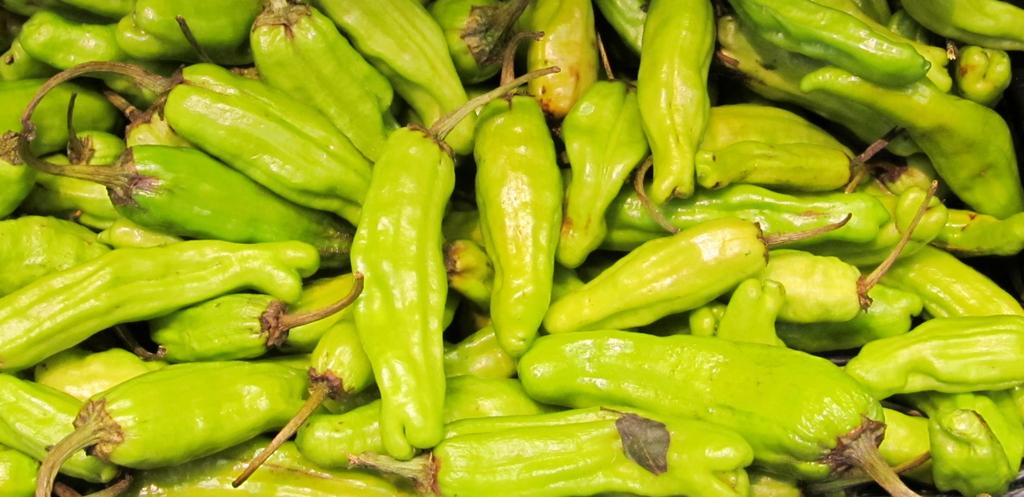Abstract
Both domestic and imported produce play an important role in Japan’s fruit and vegetable market. According to data from 2022, domestically produced shishito peppers are traded at 1,310 yen/kg and imported at 1,380 yen/kg. Considering past trends, domestically produced vegetables are generally somewhat more stable in price than imported products, but imported products tend to be more susceptible to the effects of certain seasons and weather conditions. Furthermore, domestically produced vegetables are highly regional and seasonal, so meeting local demand is also important. On the other hand, imported vegetables fulfill the role of complementing fluctuations in demand and domestic demand, providing options to the market by offering a variety of varieties and qualities. By maintaining a balanced supply of both domestically produced and imported produce, consumers can enjoy stable prices and quality, while agricultural producers aim to maintain their competitiveness and operate sustainably.
Domestic prices of fruit and vegetables
The characteristics and trends of domestically produced vegetables in Japan’s fruit and vegetable market will become clear by analyzing data from 2004 to 2022. During this period, shishito peppers peaked at ¥1,320/kg in 2015, but have now fallen to 99.4% of that price. These trends reflect market changes and fluctuations in demand for domestically produced vegetables. In general, domestically produced vegetables are highly regional and seasonal, and prices fluctuate depending on peaks in demand and seasonal changes. Technological innovations in agricultural production and changes in cultivated area are also factors that affect prices. If the prices of domestically produced vegetables fall from their peak, the balance between supply and demand will change, making it more likely that consumers will be able to purchase vegetables at more affordable prices. However, if prices fall too much, it could affect agricultural producers’ incomes and operations. Taking these factors into account, it is important to understand fluctuations in the production and prices of domestically grown vegetables in order to ensure sustainable agricultural production and stable market supply.


The maximum is 1.32kYen/kg[2015] of Shishito pepper, and the current value is about 99.4%
Import prices of fruit and vegetables
According to the latest data from 2022, Japan’s vegetable import market shows various characteristics by prefecture. It is noteworthy that the price of shishito peppers reached an all-time high of 1,460 yen/kg. This price increase reflects fluctuations in supply and demand as well as the impact of external factors. Additionally, other vegetable items may also be fluctuating in the imported vegetable market, with multiple factors influencing price fluctuations. Analyzing data by prefecture reveals changes in demand and supply by region, as well as the characteristics of import routes. For example, a particular prefecture may specialize in importing certain vegetables. Characteristics of the imported vegetable market include its role in complementing domestic demand and the wide variety of varieties it offers. Imported vegetables are less affected by seasons and climates, which helps to stabilize demand and ensure supply. On the other hand, price fluctuations of imported vegetables are also influenced by exchange rates and trends in the international agricultural market. Taking these factors into account, it is necessary to grasp the trends in the imported vegetable market and consider policies and strategies to ensure a stable market environment for agricultural producers and consumers.


The maximum is 1.46kYen/kg[2015] of Shishito pepper, and the current value is about 94%



Comments